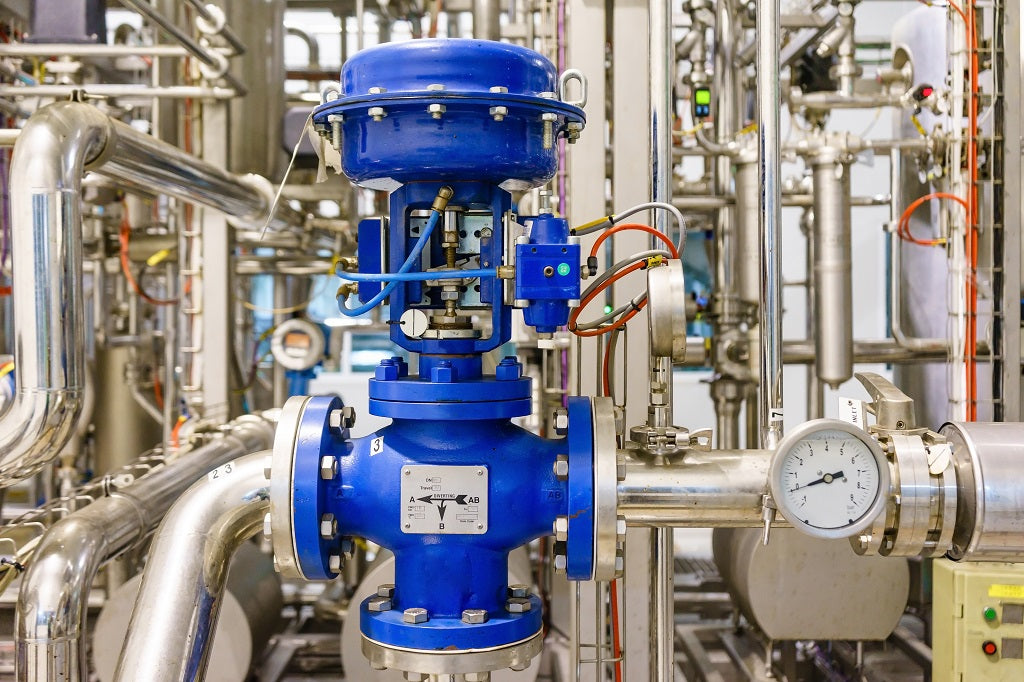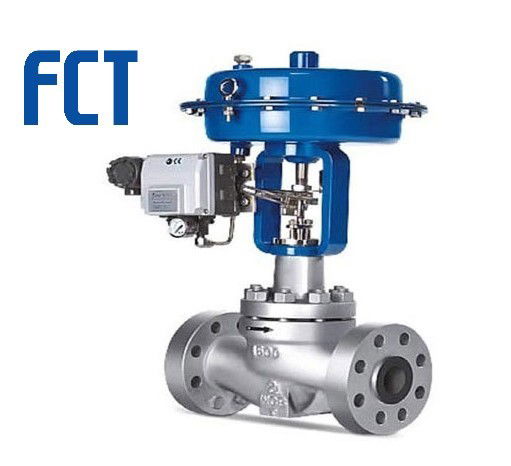Vital Aspects to Take Into Consideration When Picking Control Valves
Vital Aspects to Take Into Consideration When Picking Control Valves
Blog Article
Achieve Seamless Integration and Control With Top Quality Building Automation Controls
In the realm of modern-day structure monitoring, the significance of quality building automation controls can not be overemphasized. As modern technology remains to development, the integration and control of different systems within a structure have actually evolved to be extra efficient and advanced. The smooth operation and surveillance of illumination, HEATING AND COOLING, protection, and various other structure functions have actually come to be extremely important for enhancing owner comfort, power performance, and general functional effectiveness. Nevertheless, the trip towards accomplishing real integration and control is a complex one, with considerations varying from system compatibility to cybersecurity. Embracing quality building automation controls is not merely an issue of comfort however a strategic imperative for organizations aiming to enhance their centers' efficiency and sustainability.

Evolution of Structure Automation Controls
Throughout the past couple of decades, the advancement of developing automation controls has significantly changed the way structures are managed and run. Building automation systems mostly concentrated on basic features such as regulating air, air flow, and home heating conditioning (HEATING AND COOLING) systems. Nevertheless, as innovation progressed, these controls have actually become much more advanced, enabling a larger variety of structure systems to be incorporated and managed centrally.
The evolution of building automation controls has seen a shift towards more intelligent systems that can adjust to transforming problems in real-time. This flexibility is vital for optimizing energy effectiveness and making sure occupant comfort. In addition, contemporary building automation controls currently supply attributes such as anticipating maintenance, remote surveillance, and information analytics, making it possible for center supervisors to make data-driven decisions to improve building performance.

Benefits of High Quality Assimilation
The development in building automation manages in the direction of even more intelligent systems has highlighted the substantial advantages of quality integration in enhancing structure procedures and boosting overall effectiveness. This central control additionally supplies much better presence and understandings right into building performance, enabling proactive maintenance and optimization strategies. On the whole, the advantages of top quality assimilation in structure automation controls are obvious, supplying raised performance, convenience, and functional performance.
Boosted Individual Experience and Accessibility
Enhancing user interaction with building automation regulates via instinctive style and improved ease of access elevates the overall experience for owners and center managers alike. By concentrating on user experience, constructing automation systems can come to be a lot more easy to use and effective. Intuitive user interfaces, clear navigating, and adjustable setups equip individuals to engage with the controls conveniently this contact form and efficiently.
Ease of access features play an important role in ensuring that all people, consisting of those with impairments, can use the building automation manages effortlessly. Including attributes such as voice commands, tactile switches, and color-contrasted screens can improve ease of access and make the controls much more comprehensive.
Additionally, enhanced customer experience causes higher customer contentment, boosted productivity, and far better decision-making. Passengers can change environmental setups according to their preferences, while center supervisors can efficiently take care of and monitor structure systems - control valves. On the whole, prioritizing individual experience and accessibility in building automation manages adds to a much more productive and seamless structure environment for all stakeholders involved
Sustainable Practices Via Automation

Moreover, automation can help with the assimilation of renewable energy resources such as solar panels or wind turbines right into structure procedures. Via automation, structures can align with modern sustainability goals and contribute to a greener future.
Future Trends in Building Control Systems
One prominent fad shaping the future of structure control systems is the boosted integration of Artificial Knowledge (AI) and device learning. Furthermore, the Internet of Things (IoT) is revolutionizing building control systems by attaching tools and sensing units to enhance and simplify operations effectiveness.
An additional essential pattern is the focus on cybersecurity steps to secure versus potential dangers to constructing automation systems. As buildings end up being a lot over here more interconnected, ensuring robust cybersecurity procedures will certainly be necessary to secure delicate data and avoid unapproved accessibility.
Moreover, the shift towards cloud-based platforms is getting energy, enabling centralized control and remote access to building systems. This assists in less complicated monitoring, maintenance, and updates, improving the total efficiency and adaptability of structure control systems. As technology remains to breakthrough, these trends are anticipated to form the future landscape of structure automation controls, driving innovation and sustainability in the built environment.
Conclusion
Future fads in structure control systems are likely to concentrate on additional enhancing automation capabilities for boosted energy performance and general performance. It is essential for structure owners and drivers to focus on the adoption of top quality building automation controls to enhance building procedures and accomplish long-term sustainability objectives.
In the realm of contemporary structure administration, the importance of top quality building automation controls can not be overemphasized. In general, the advancement of building automation regulates continues to drive technology in the building monitoring industry, using new opportunities for creating smarter and a lot more sustainable buildings.
The advancement in structure automation controls towards even more intelligent systems has actually emphasized the significant advantages of top quality integration in maximizing structure operations and enhancing total effectiveness. On the whole, prioritizing user experience and access in building automation manages contributes to a much more smooth and productive structure setting for all stakeholders involved.
It is necessary for structure proprietors and drivers to focus on the adoption of quality building automation manages to maximize structure procedures and achieve long-term sustainability goals. - control valves
Report this page